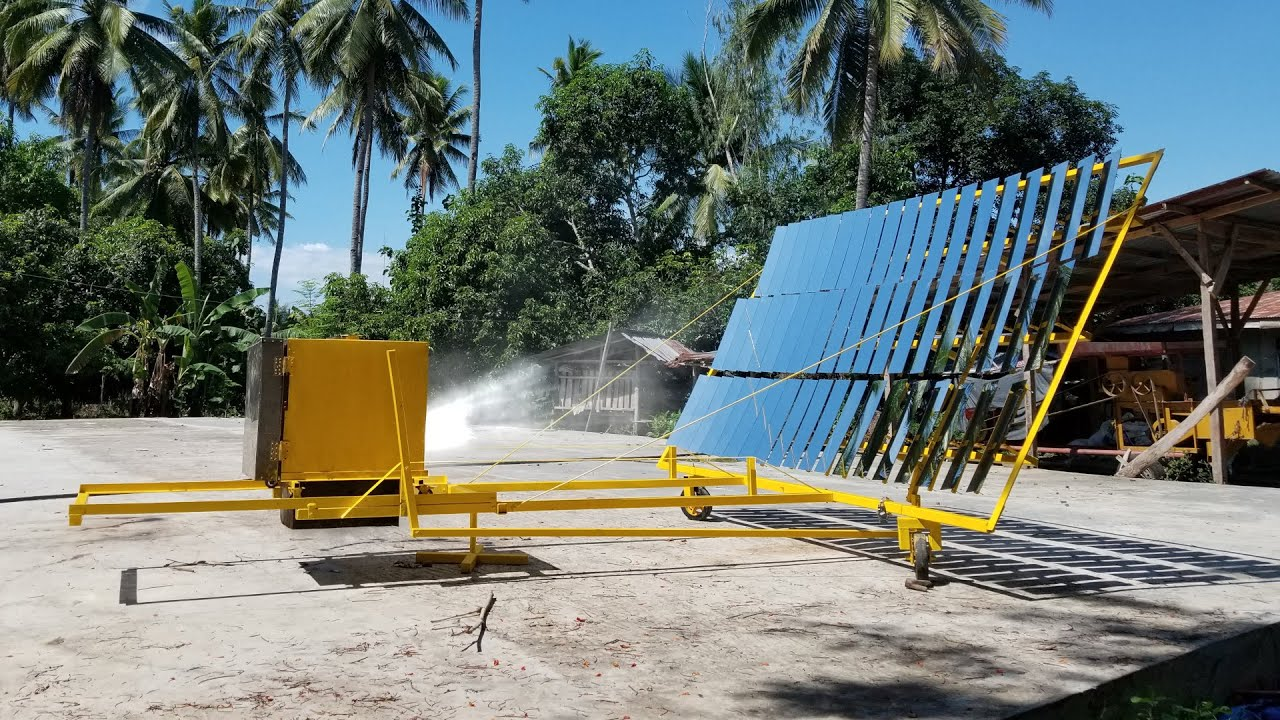· 4 min read
It can safely be stated that biomass accounts for more than three-quarters of heating and cooking use in most developing countries such as my own country, Zambia, that uses about 90% of biomass for heating and cooking. This is alarming considering the harmful effects brought about by biomass such as deforestation, increase in greenhouse gas emissions (GHGs), reduction in socio-economic development amongst women and children, and adverse effects on one's health . Can it be mentioned that the solution to this problem is far from existance, or are we close to the adoption of a better, yet affordable way of heating and cooking in developing countries?
Firstly, let us start by asking why biomass is used extensively. It may be harmful, and some people that use it are very much aware of that fact, but it is extremely affordable! One can simply make a business by cutting down a number of trees, burning them (the process will not be elaborated upon) and selling this mass to gain profits and also use at their home. Whereas the use of electricity entails finding the money required to buy units that can power up a stove or hob and a heater (heating elements use up quite a lot of power) for long periods of time. With this simple context, you can probably see why the average person who cannot afford to pay for electricity would opt to get biomass for their cooking and heating purposes. It is honestly in no one’s place to condemn this act, but to find a plausible solution, as biomass is mostly used by vulnerable groups in society. There is talk about a just transition, so this should be evidently taken to action even as this matter is addressed.
What then are the solutions for this? How can we reduce the use of biomass in developing countries? I always like to mention that a better, more affordable, and sustainable innovation (one that would allow for a circular economy) that would be more effective than biomass would help overcome this. In as much as solar geysers are readily available for water heating, they are quite expensive for the ordinary person to use. With an abundance of sunshine, it is quite a shame that the sun’s rays cannot be used. I saw an innovative oven called ‘Lytefire’ by Solar Fire Concentration Limited [1], a Finnish based company.

This oven prevents 16431kg of carbon dioxide emissions annually, can go up to temperatures of 300°C/572°F. Now what I particularly like about this oven is that, according to a baker in Kenya, it was able to give her 275 Kenyan shillings a day, whilst a charcoal oven would only give her 75 Kenyan shillings a day! That is quite a rise, 200 Kenyan shillings more! The point that I am trying to drive at is that this oven is proving to be healthier and more effective than charcoal, it would be a better option, and is slowly starting to be sold at a price of about 100 euros. Now this again is not affordable for an ordinary citizen, but I believe that this is a start to new innovations that would unlock solutions to this problem.
In addition to this, there are efforts by some organisations such as Cooking Alliance [2], Energy 4 Impact [3], the World Bank who are aiding in the delivery of universal access to energy in Africa. Also, the International Renewable Energy Agency (IRENA) always provide useful publications and information that will improve the use of biomass in Africa. One such a publication is the ‘Sustainable Rural Bioenergy Solutions in Sub-Saharan Africa’ which shows some of the effective ways of using bioenergy from a range of countries [4] and states the challenges that lead to deforestation, providing a comprehensive guidebook for all stakeholders involved in improving the use of biomass.
Besides all that is actively being done by various organisations, it is worth noting that the ongoing mantras of policies, subsidies, and removal of duties on equipment will allow for more innovative solutions. What is particularly admirable about having these alternative sources of biomass energy production is how much time it will save women and children in developing countries as the task of collecting firewood or charcoal for heating and cooking is solely assigned to them. This will bring about a good amount of development seeing as women will be doing less house chores and will be engaging more tasks to impact their societies as they learn to be independent and support homes. For the case of children, they will be empowered to explore careers that require more time for study and this will bring about more educated and developed communities.
Future Thought Leaders is a democratic space presenting the thoughts and opinions of rising Energy & Sustainability writers, their opinions do not necessarily represent those of illuminem.
References
[1] "We Empower People To Become Impact Solar Entreprenuers With Our Educational Trainings," Solar Fire Concentration Limited, [Online]. Available: https://gosol.org. [Accessed 11 October 2022].
[2] "Our Approach," Clean Cooking Alliance, [Online]. Available: https://cleancooking.org/our-approach/. [Accessed 11 October 2022].
[3] E. 4. Impact, "What We Do," Energy 4 Impact, [Online]. Available: https://energy4impact.org/what-we-do/what-we-do. [Accessed 11 Octobeer 2022].
[4] IRENA, "Sustainable Rural Bioenergy Solutions in Sub-Saharan Africa: A Collection of Good Practices," International Renewable Energy Agency, Abu Dhabi, 2018.






